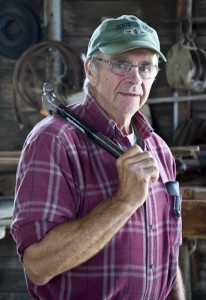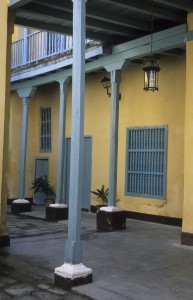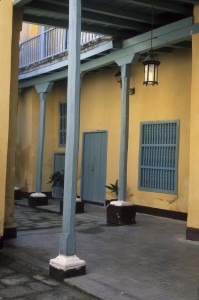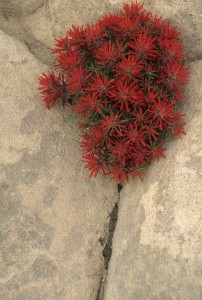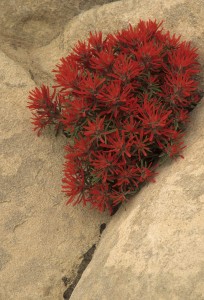One of the things I most enjoy when teaching a workshop is helping people when they are out taking pictures. Because I don’t take pictures during workshops I spend my time wandering around looking through cameras, making suggestions and answering questions. Doing this is the most effective way to teach photography because the experience is real and the effect immediate. I can show them all kinds of pictures in the classroom but none of it will have the impact of seeing the same effect through their camera.
When I am wandering around one of the first things I ask a person is “why are you standing here and not over there or there or there?” The answer I want to hear is it is because if the camera were anywhere else the picture would suffer. The answers I often hear are less compelling- “My camera bag was here.” “It was by the bench.” “It didn’t seem to matter.” “This is where I stopped to rest.” Sorry, not good enough.
Where you take a picture is vitally important and will always have an effect on the final image. I’ll go even further and say that for any one picture there is only one best place to stand or set up your tripod. And that one best place is not a very big area. How big is it? It is less than one step in size. One step. Not two steps. Not several steps. One step. Anything larger than one step will have a noticeable effect on your composition. If you find the best place to take your picture, a step to either side will make the picture worse. Here are some examples.
The courtyard was visually chaotic when I first looked through my camera but with one step to the right I was able to hide the distant middle post behind the close one and the entire composition simplified.
The background of the short-eared owl shot was really contrasty at first but with one step to the right I was able to put the owl in front of the dark shadow behind it and simplify the composition.
The indian paintbrush was nicely composed at first but when I took one step to the right the diagonal lines were much more interesting and the composition improved dramatically.
(I don’t always step to the right. In fact, since I have moved to Vermont I have been moving to the left more and more. Seems to work better up here.)
So be mindful of what you are doing and where you are setting up to take a picture. One step can make a big difference. Let it work in your favor.

